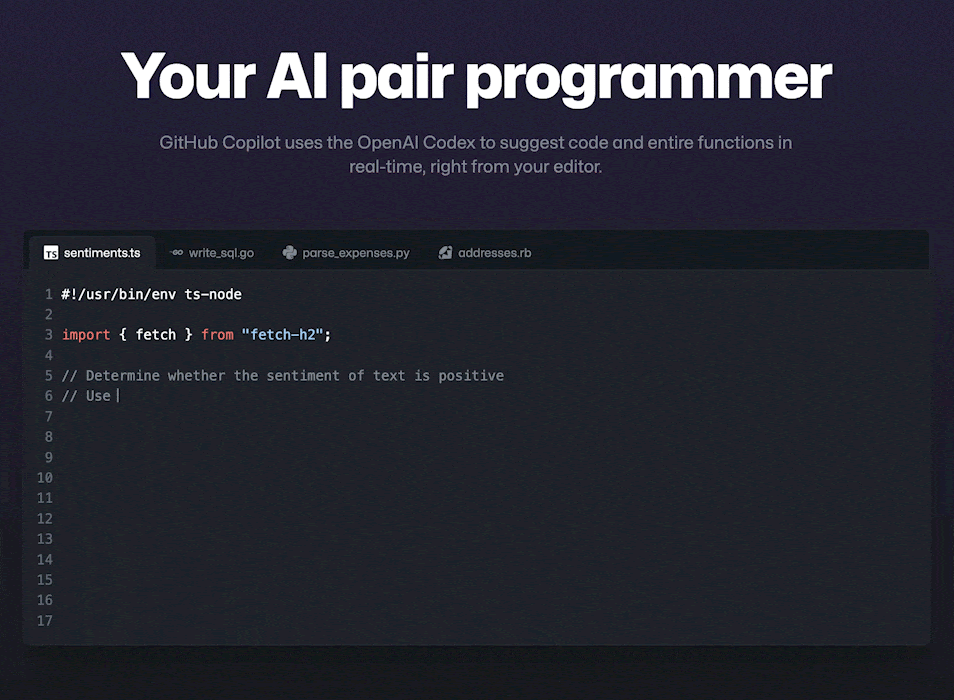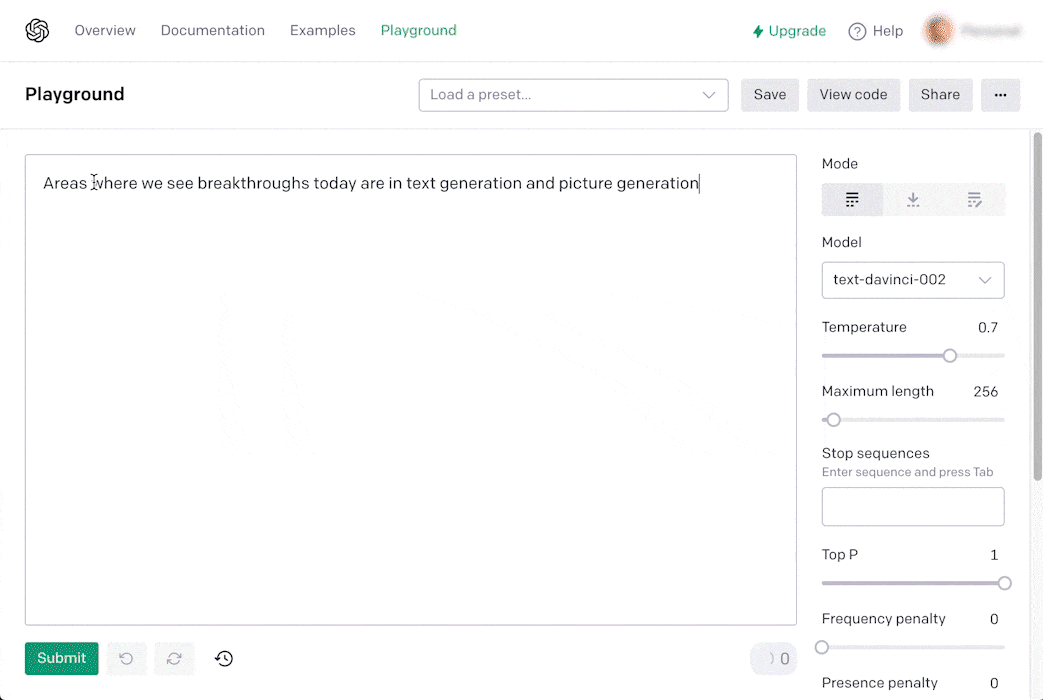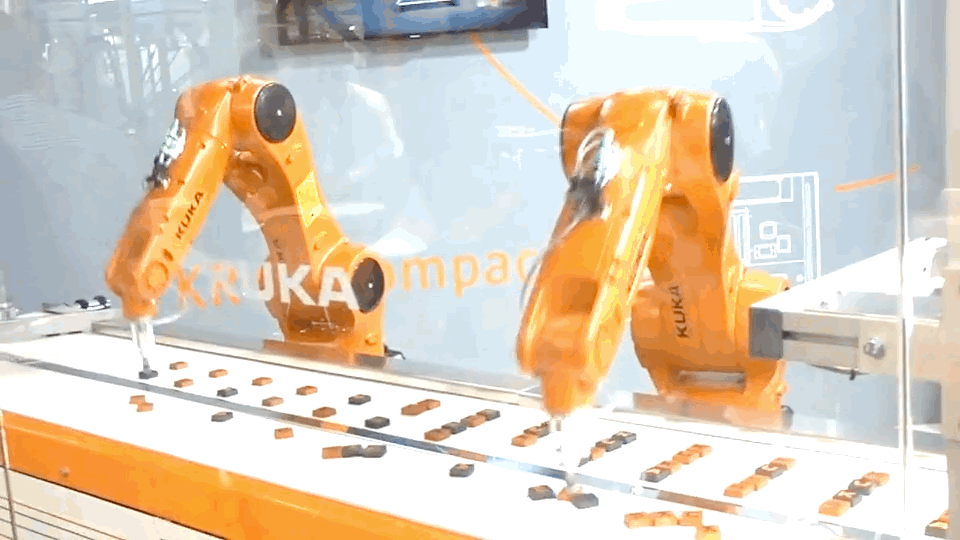The age of artificial intelligence (AI) is upon us, changing forever the way companies operate and grow. Machine learning (ML) now helps to predict and minimize delays, reduce time spent on mundane tasks, and optimize the skills and talents of the human workforce.

PwC refers to AI as a ‘game changer’ in digital transformation, contributing as much as $15.7trn to the global economy by 2030. Wrike is at the forefront of this wave, developing the best AI tools, solutions, and features on the market, saving 20,000 organizations time and money every year.
But what does AI in a work management platform look like? And where might it take us in the future?
The adoption of AI is underway
They don’t look like the futuristic robots we once imagined but, in reality, machines are already part of our daily life. At home, we use AI every time we ask Siri or Alexa a question, open our phones using facial recognition, or scroll through a streaming service’s TV suggestions.

AI also has a major influence on our work. We might rely on AI to help us manage customer relationships through chatbots, scan for fraudulent activity in financial systems, or turn documents into data via optical character recognition (OCR).
Gartner estimates that a third of organizations are currently applying AI across several business units, a figure that is only set to grow. There are many reasons why companies choose to use the best AI tools available. For example, they may wish to:
- Save time spent on tedious tasks
- Optimize processes through automation efficiencies
- Accelerate and ameliorate customer service
- Gather and analyze data for better decision-making
- Seek out opportunities for new revenue streams
The benefits of AI are clear to most stakeholders, particularly during a challenging economic climate. Research from Forrester indicates that 80% of executives say AI boosts productivity and creates new positions. At the same time, about 20% of all workers say they will use automated assistance technologies to make decisions and get work done.

“We see similar statistics in Wrike as well,” says Igor Akimov, Head of AI Solutions at Wrike. “More than a quarter of our users work with AI Recommended Tasks every day.” He has ample experience leveraging ML systems, and believes that AI can help us reach significant breakthroughs without the need for major investment. One of the reasons why Wrike represents such good value to its 2.3m customers is because it delivers the best artificial intelligence tools for project and task management, for a fraction of the cost of bespoke software engineering solutions.
The many roles of AI in the workplace
The ways in which AI can help us in our work expands every year. Some of the most interesting uses to emerge include:
AI as an artist
Text and picture generation is more advanced than ever before, with the best AI tools including DALL-E 2, Midjourney.com, Stable Diffusion, and so on. These neural networks are fed with billions of images with descriptions, allowing you to generate content with just a single text prompt.
This means that AI can not only copy famous images and create psychedelic graphics, but also generate award-winning masterpieces like this one by Jason Allen and Midjourney AI.

AI as a developer
Platforms such as Copilot from GitHub can now accept requests and write code based on your comments, saving developers or software engineers countless hours in the process.
For example, if you need to write simple but time-consuming code to program a form to access a database, you can simply enter the instruction, select the data from a table, put it into an array, and let AI write the code for you. This has the benefit of extending basic coding abilities to people outside of the developer audience.

AI as a writer
Drafting high-quality content for books, education materials, or blogs takes time. While AI won’t be as natural or nuanced as a professional writer any time soon, it can significantly accelerate the researching, writing, and editing process. With GPT-3 from OpenAI, you can generate whole articles from one sentence. For example, AI suggested that this piece of text should follow the previous sentences: Artificial intelligence is also being used to create music. For example, Google's AI Magenta project is creating algorithms that can generate original music.

For example, teams can overnight data, feed it to personal learning models, and use AI to craft statements that leverage key elements. Some creative teams are using this technology now to generate raw content that can be later finessed by human editors. Startups such as Jasper.AI help thousands of companies to create marketing materials. On a day-to-day basis, almost all writers use some level of AI-driven technology to find relevant search terms, auto-complete predicted text, and check spelling or grammar.
AI as an administrator
The best AI tools in project management have the ability to take care of time-consuming tasks and monotonous work with automations, suggestions, and search intent technology. Robotic process automation (RPA) or standard automation can replace tedious work like opening an item in one app and then copying or moving it somewhere else. However, these days AI can also infiltrate our creative and management work, something that was not achievable even two years ago. Automating workflows makes progress from project planning to delivery far more efficient. It can adjust tasks, assign owners, ask for approvals, and offer updates in the background while humans take care of the more valuable work.

AI and work 3.0

The way we work has been transformed in recent years. While we may be working remotely, or outside of the 9-5, we’re also dealing with high levels of complexity, with some knowledge workers using up to 14 different applications every day. Choosing the right work management platform is vital to effectively manage more data, more connectivity, and more expectations than ever before.
If organizations want to drive results and reduce busywork in this new modern environment, the best work management software option for them will be one that includes artificial intelligence tools.
Take Wrike’s ability to analyze computing behavior to predict a user’s next actions, for example. This means that if a Wrike user tends to start their day by viewing their dashboard or opening request forms, AI can learn and then replicate these steps every morning. The best AI tools can also take care of the most time-consuming data entry tasks, like transcribing meeting notes. Automation such as Wrike’s AI engine can then use those notes to find actionable tasks and create action lists and project plans.
Users can further extend this process by highlighting key parts of the text to create subtasks, instantly transforming a meeting discussion into tangible actions — something we can do today with AI Subitem Creation. Wrike’s advanced AI Search can even recommend who might be the right person to carry out these subtasks, saving yet more time in the planning journey.
AI has been able to analyze large volumes of complex data for some time but, in the near future, it’ll also be able to summarize the contents for humans. For example, a manager who wants to check on a project could click to receive a short video reel, a one-page brief, or an AI-voiced verbal update.
As with most things, artificial intelligence tools are only as good as the data that powers them. Some work management software providers have limited access to good-quality data in the system, but Wrike is different. We’ve invested heavily in the area of AI in project management, which led to our exciting Work Intelligence technology.
This creates a structure that understands the issues, dependencies, and human input challenges of your working environment, and puts that knowledge to work to suggest accurate answers to your queries. This type of differentiating factor will become all the more important in the future, as work continues to become more complex and the data we deal with more dense.
Humans and machines: The dream team

Much has been written about ‘robots replacing humans’ and the possibility of machines taking over our roles in the workplace. Like the Industrial Revolution in the past, the global embrace of AI may well result in a shift in job roles, but that doesn’t have to mean job losses. In fact, Forrester research predicts that cognitive technologies such as robots, AI, ML, and automation will create 9% of new U.S. jobs by 2025. These new jobs may include robot monitoring professionals, data scientists, automation specialists, and content curators.
A recent Stanford study titled ‘How to Survive the A.I. Revolution’ recommends a human-centred approach to AI, which envisions “a future where people and machines are collaborators, not competitors.” We shouldn’t expect machines to be just like humans, they say. They can do some tasks very well, while we have more time to excel at other types of work. For example, creatives could channel the technology to take care of the research stage, so they can focus on crafting engaging visual or written messaging.
It’s also important to recognise that there will always be cases where a human’s input is needed. Take chatbots, for example. Sure, they can answer quick queries or funnel users into specific categories. But for more complicated questions, most people will opt for the ‘speak to an operator’ option. On the upside, that operator will have more time to spend on resolving your problem, because the chatbot is taking care of the rest of the queue.
The best outcomes are achieved by combining human expertise and experience with the speed and efficiency of ML. One can benefit the other, ultimately providing customers, clients, and companies with a better experience and service.
AI and Wrike — An exciting future
AI is advancing at such a rapid pace, every year brings huge leaps forward. Connected devices are one of the most exciting frontiers, representing a way for humans to feel at home, wherever they are.

As machines continue to learn, they will better understand humans’ habits, particularly as our interactions extend from our laptops to our phones, cars, and even the kitchen fridge. Over time, these computers will know a lot about us, which will allow them to recognize our pain points and deliver bespoke solutions.
Wrike already does this for us at work. Every time the platform digitizes data and connects to different integrations like Slack, email, or Zoom, it better understands our everyday needs. It can then offer a variety of ways to make the process smoother and faster, such as suggested to-do lists via AI Recommended Tasks, daily due date reminders, and nudges for overdue approvals. That means greater clarity around your workflow and much improved focus on the priorities at hand.

A good example of this is Wrike’s risk predictor, which leverages an advanced work graph model, the user’s interactions with the platform, and thousands of other data points to help flag at-risk projects. “Our AI Project Risk Prediction can help managers and owners track their projects without active involvement,” Akimov explains. “The system monitors your projects for any risks that may cause you to miss your deadlines, then assigns a risk level (low, medium, or high). It was developed using our custom-built AI and learning from millions of Wrike projects.”
This all helps to focus teams on the work that matters most, ensure consistently on-time delivery, and position the organization for growth in a rapidly changing environment.
A transformative technology
Forbes writes: “There has been no better time to be in the world of artificial intelligence than now. AI has achieved an inflection point and is poised to transform every industry.” This means that the time is now for organizations to build the technology into their daily operations. Those who don’t might find themselves left behind, as competitors harness the best AI tools to pull ahead.
The good news is that Wrike makes taking the first step easy. When you become a Wrike customer, you open up a world of possibilities, which includes 360° operational visibility, cutting-edge collaboration features, valuable data analysis and powerful automation. Wrike can help you create a more productive, efficient, and profitable work environment by enhancing your human resources with AI.
Ready to see how? Get a free two-week trial today to see how Wrike can put machines to work for you.







